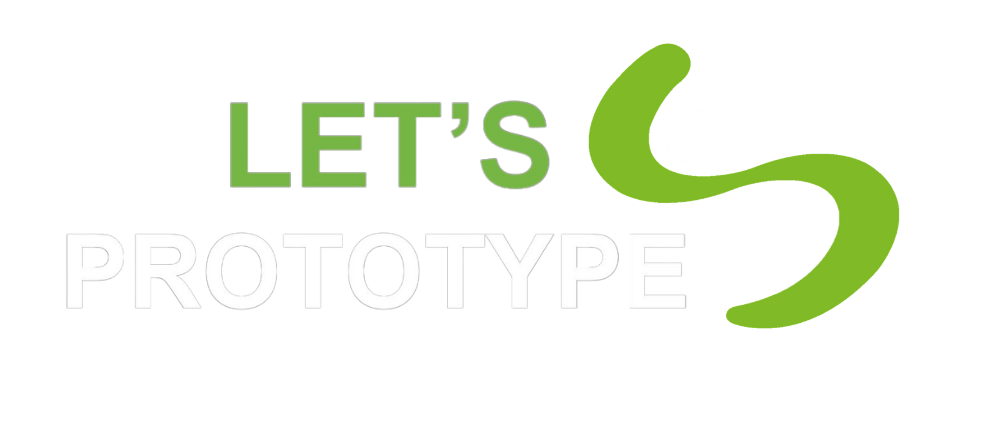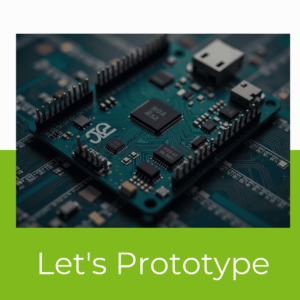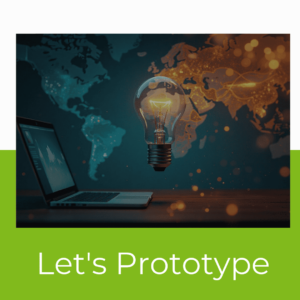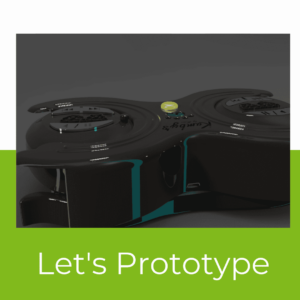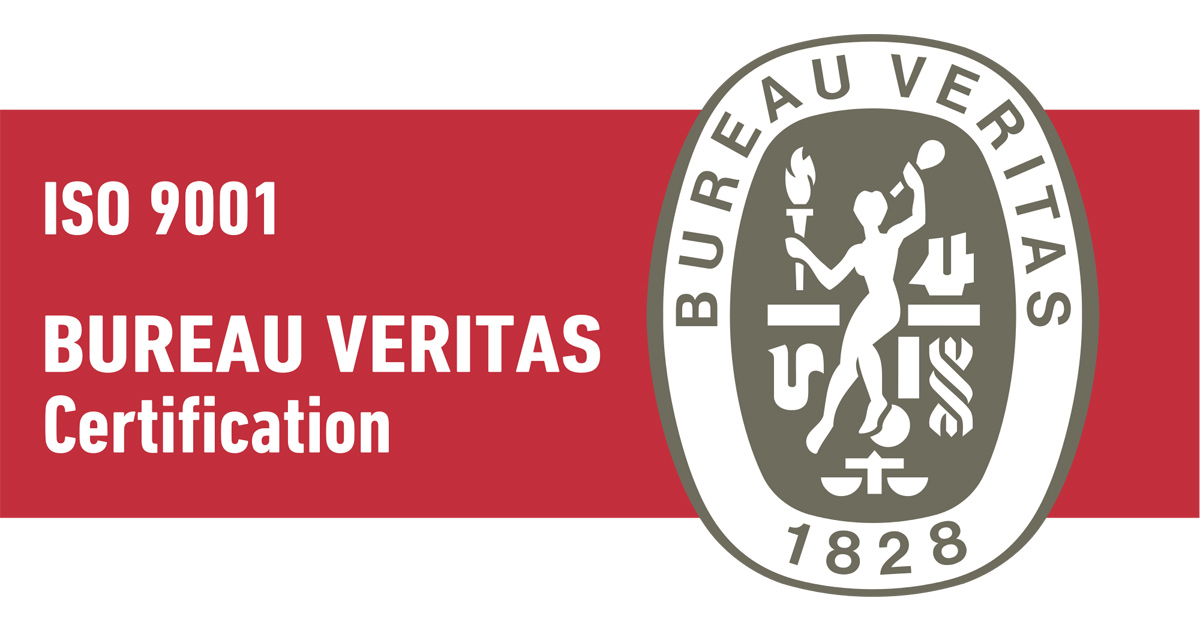Feasibility study of inventions
State of the art of the invention
We identify worldwide patents related to your invention.
Identification of similar inventions
We analyze competing or similar products.
We co-create the invention
We innovate together with you to create an invention concept.
Check before manufacturing
We will simulate real operating scenarios in digital and laboratory environments.
Perfecting the invention
Will we find the best way for your invention? It works and we document it with data, plans and as many tools as necessary.
What is studying the feasibility of the invention?
When is it advisable to study the feasibility of inventions?
In Let's Prototype we can study the feasibility of your invention or directly manufacture functional prototypes.
Industrial Machines
Analysis, simulation and creation of complex mechanisms.
Power Generation
Simulation of scenarios to check power generation capacity.
Technical Documentation
Technical documentation composed of; plans, schematics, quantitative data that validate the operation.
Prototype Enhancements
Study and design of improvements on prototypes or existing products.
Innovating for over a decade
Do you want to know examples of studies?
Confidentiality is part of our DNA. For this reason we must sign an agreement before showing you some examples.
Examples of feasibility studies of inventions
Video game prototype
Platform that aims to suspend an individual in a mechanical element that will allow players, through movements, vibrations and sounds could enjoy an immersive experience in video games.
- Design of gripping mechanisms
- Structure calculation
- Study and selection of materials
- Selection of electronic components
- Electronic diagram
- Choice of components
- Study of data strings and programming
- Simulation in digital scenarios
Agriculture prototype.
System for identifying color changes in lettuce plants within extensive plantations. The objective is to identify these changes to, with a pattern identification system, alert about the possible lack of nutrients in the irrigation fluid. The color changes, through an artificial intelligence system, will have the capacity to activate a nutrient dispensing system to avoid, with irrigation techniques, the spread of pests that threaten the crop.
Smart agriculture prototypes
Aeroponics system, capable of accelerating the development of crops in highly controlled environments, which, as a main feature, do not require soil for crops to thrive. The engineering project proposed necessary solutions for democratized aeroponics systems in the world, culminating the process in the manufacture of a functional prototype.
Power generation prototype.
Device for electricity generation in electric vehicles, registered under patent No. ES1283872Y. The feasibility study consisted of the simulation of realistic geometries and scenarios, related to the braking scenario of a car, in order to integrate a system of recovery and transformation of energies, useful to feed back the vehicle itself.
Prototype of power generation through study of Fluids
It is a device that aims to be integrated into sewage pipes that already remain installed in buildings. The feasibility study has consisted of the design and digital programming of scenarios to measure the capacity of the system to generate energy, testing different scenarios, types of components and conditions that, without the need to assume manufacturing processes, has allowed to demonstrate the viability or not of the system, through quantitative results. Patent ES1281695Y
Frequently asked questions about feasibility studies of inventions
The feasibility study and basic engineering project of an invention is the way to demonstrate and document the technical feasibility of an idea before manufacturing it.
Far from representing a superfluous or unnecessary expense, it is a tool that allows to substantially cheapen the manufacturing processes of inventions.
At Let's Prototype, we accumulate more than 30 feasibility studies of inventions every year, reaching firm conclusions, with quantitative data, designs, conceptual sketches and documentation of solutions that could take your invention to the next level.
There are different methods of analysis of inventions and the final price is closely related to the main hypotheses and challenges of each project or invention. The approximate prices are between € 5,000 and € 15,000. You can get a closed budget without obligation.
Whenever you have an idea on which there is no clear technical feasibility, you must submit the operation of your concept, in a realistic scenario, digitally simulated, to obtain clear results very close to the real behavior of your future invention.
The digital scenarios of mathematical analysis, analysis programs for the study of real scenarios with the ability to generate scenarios, climatic conditions, iterate on materials, even study their resistance, allow to simulate mechanisms with very high levels of precision without having manufactured them. For this reason, you can obtain quantitative results and a firm document that confirms or not, the viability of your invention.
Unfortunately, there are many patents that we analyze in Let's Prototype corresponding to inventions that do not work. Moreover, inventions that contradict the fundamental principles of physics. It is highly recommended, in energy generation projects, you can, before manufacturing the prototype and before patenting the invention, have certainty about its operation. Checking it is entirely possible.
The feasibility study, from activation to delivery and presentation of results, usually lasts an average of 90 days. There are very marked procedures that aim to achieve the participation of the client so that the simulations respond to 100% of their requests.
NO. In Let's Prototype, before knowing any details about your invention, we offer you an NDA agreement in which we express our commitment to maintain strict confidentiality in the process, so even if there were no patent, the project would be covered by confidentiality agreement.
Step 1. Definition of the concept of 3D designs.
Step 2. Configuration in digital environments of laboratory programs.
Step 3. Digital verification of scenarios and immediate documentation of results.
Step 4. Iteration of environment variables and improvement proposal
Step 5. Documentation and presentation of results together with the prototype manufacturing budget.
Tips for Inventors
Sistemas embebidos para prototipado
Los sistemas embebidos representan una solución para conseguir prototipos ágiles,...
Read moreTipos de negocios rentables para emprender en USA
Emprender siempre supone riesgos. Emprender no es ni barato ni...
Read more